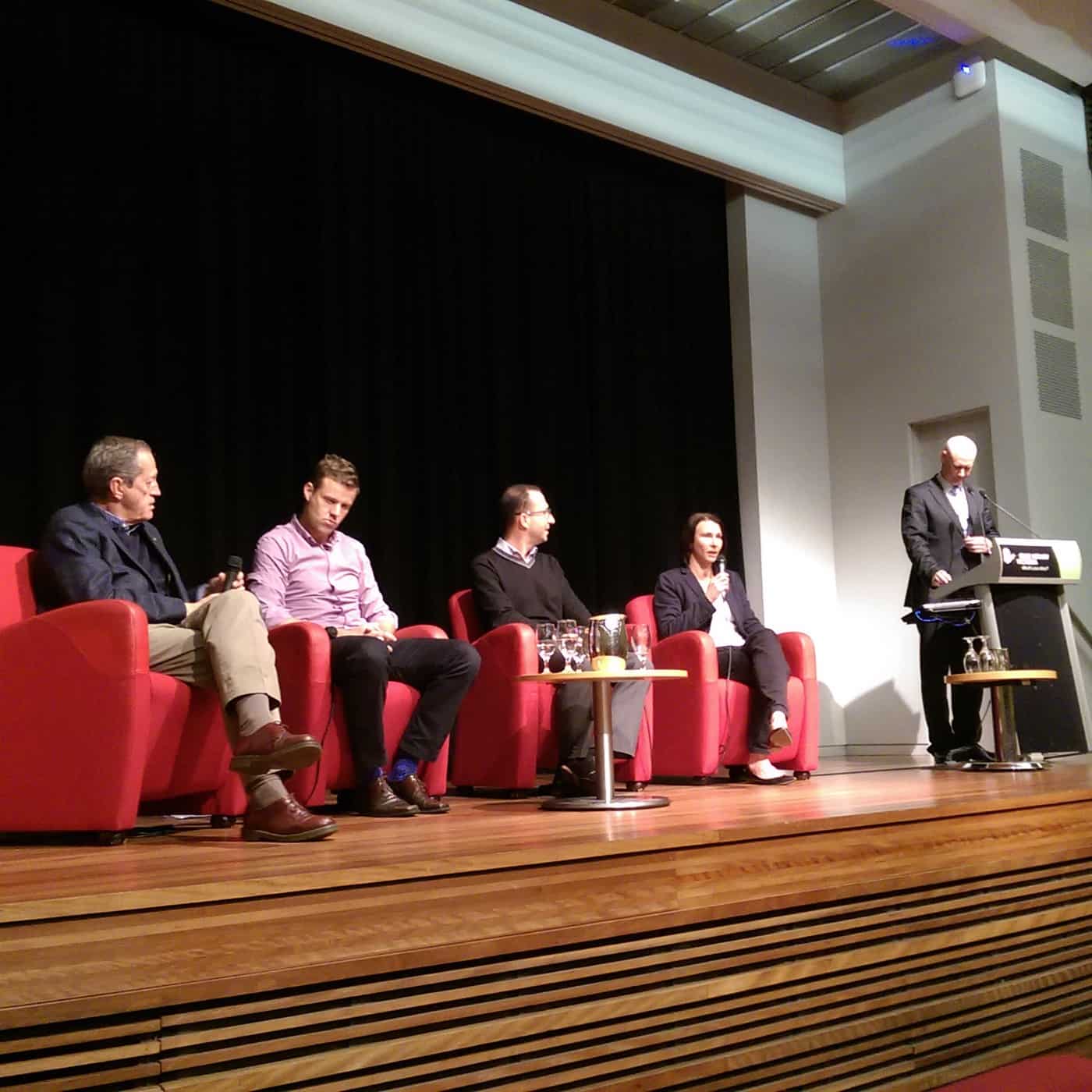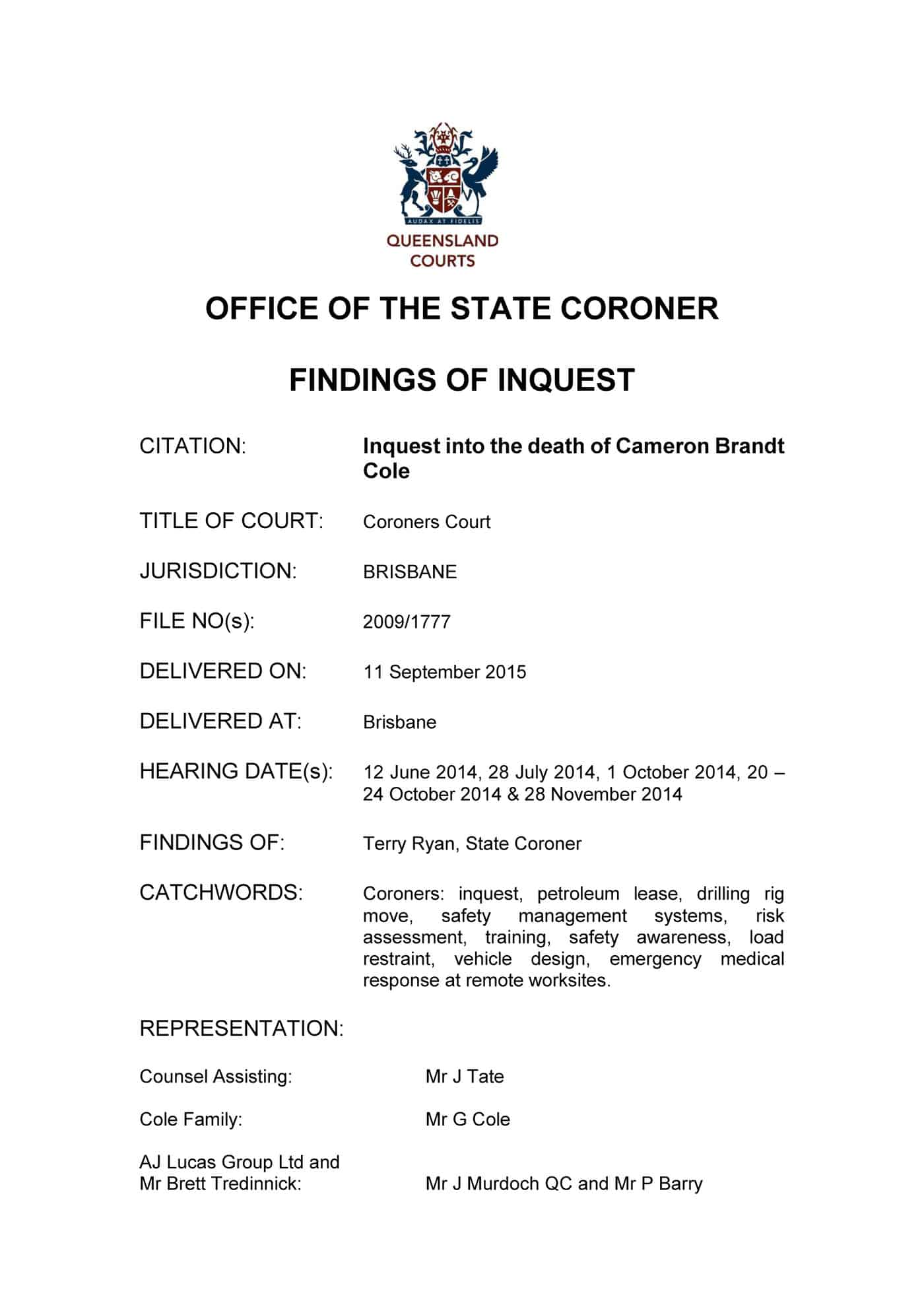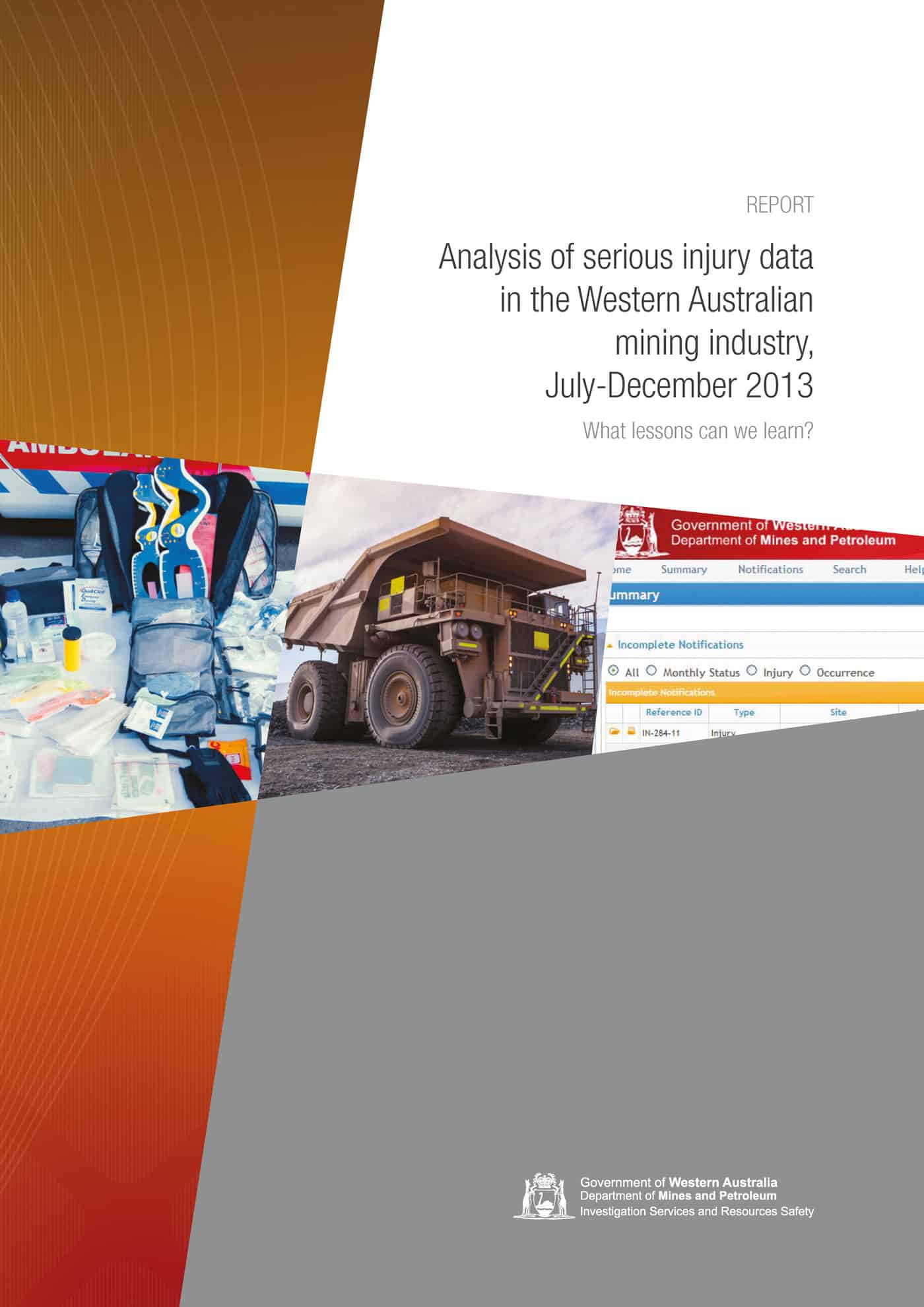People want information about their own health and fitness. Many are turning to wearable technology and activity trackers for that information, but information requires decisions or actions to gain benefit. The limitations of activity tracking and decisions was reinforced recently with some US research in the area. The University of Pittsburgh School of Education’s Department…
Tag: occupational health and safety
NSW Gov’t announces first quad bike safety rebate program
On 10 June 2016, the New South Wales Minister for Innovation and Better Regulation Victor Dominello announced a $A2 million rebate program to improve safety associated with the use of quad bikes on farms. According the media release (curiously released late on the eve of a national long weekend):
“The NSW Government will be offering rebates of up to $500 towards the purchase of compliant helmets, Operator Protective Devices, the purchase of a safer vehicle, such as a side-by-side vehicle, and undertaking training courses tailored to farmers.”
The rebate package seems to tick all the safety boxes and should make a difference. Continue reading “NSW Gov’t announces first quad bike safety rebate program”
OHS is in sports but by another name
After writing a recent article about the relevance of occupational health and safety (OHS) laws to sporting clubs, I attended a sports medicine seminar to access a different perspective on workplace safety.
 Having never played sports outside the obligatory high school activities, which in my high school also included snooker?!, the world of locker rooms and team sports is foreign. But earlier this week I learnt that where OHS professionals talk about productivity, sportspeople speak of performance, and where factories address line speed, sports physicians talk of load management. I also learnt that professional sportspeople are exempt from workers’ compensation.
Having never played sports outside the obligatory high school activities, which in my high school also included snooker?!, the world of locker rooms and team sports is foreign. But earlier this week I learnt that where OHS professionals talk about productivity, sportspeople speak of performance, and where factories address line speed, sports physicians talk of load management. I also learnt that professional sportspeople are exempt from workers’ compensation.
A moderate entry in the IR/OHS conflict
 During last week’s conference session on occupational health and safety and industrial relations, Innes Willox of the Australian Industry Group also spoke but was not included in the previous SafetyAtWorkBlog article. However, his speech notes for that session have just been released and deserve consideration. Continue reading “A moderate entry in the IR/OHS conflict”
During last week’s conference session on occupational health and safety and industrial relations, Innes Willox of the Australian Industry Group also spoke but was not included in the previous SafetyAtWorkBlog article. However, his speech notes for that session have just been released and deserve consideration. Continue reading “A moderate entry in the IR/OHS conflict”
Death from a well-known hazard – culture is only part of the answer
 A coronial finding in Queensland in September 2015 illustrates how daily activities can lead to tragedy but also the role of safety culture.
A coronial finding in Queensland in September 2015 illustrates how daily activities can lead to tragedy but also the role of safety culture.
According to one media report, in investigating the 2009 death of 24-year-old Cameron Cole who was hit as a pipe rack fell from a truck, the Queensland Coroner, Terry Ryan, found that
“…the semi-trailer had been over packed, not properly secured and there was no exclusion zone around the vehicle when the load was being released.”
From this event the Coroner makes many recommendations about the safety management of work practices at that time. Many of these reflect common work practices that exist to this day on many Australian worksites.
Old school OHS in mining
 In August 2015, Western Australia’s Department of Mines & Petroleum (DMP) released a statistical analysis that seems to do little more than confirm what is already known. It is important to validate data but the mining sector often promotes itself as leading in occupational health and safety (OHS) but this report seems dull and dated. Continue reading “Old school OHS in mining”
In August 2015, Western Australia’s Department of Mines & Petroleum (DMP) released a statistical analysis that seems to do little more than confirm what is already known. It is important to validate data but the mining sector often promotes itself as leading in occupational health and safety (OHS) but this report seems dull and dated. Continue reading “Old school OHS in mining”
OHS and the politics of fear
Occupational health and safety (OHS) cannot exist outside social, economic and political contexts. Some OHS professionals try to convince themselves that OHS is a special case but to do so ignores the components of change that need to be addressed in order to improve workplace safety. There are parallels between OHS and contemporary political thought.
